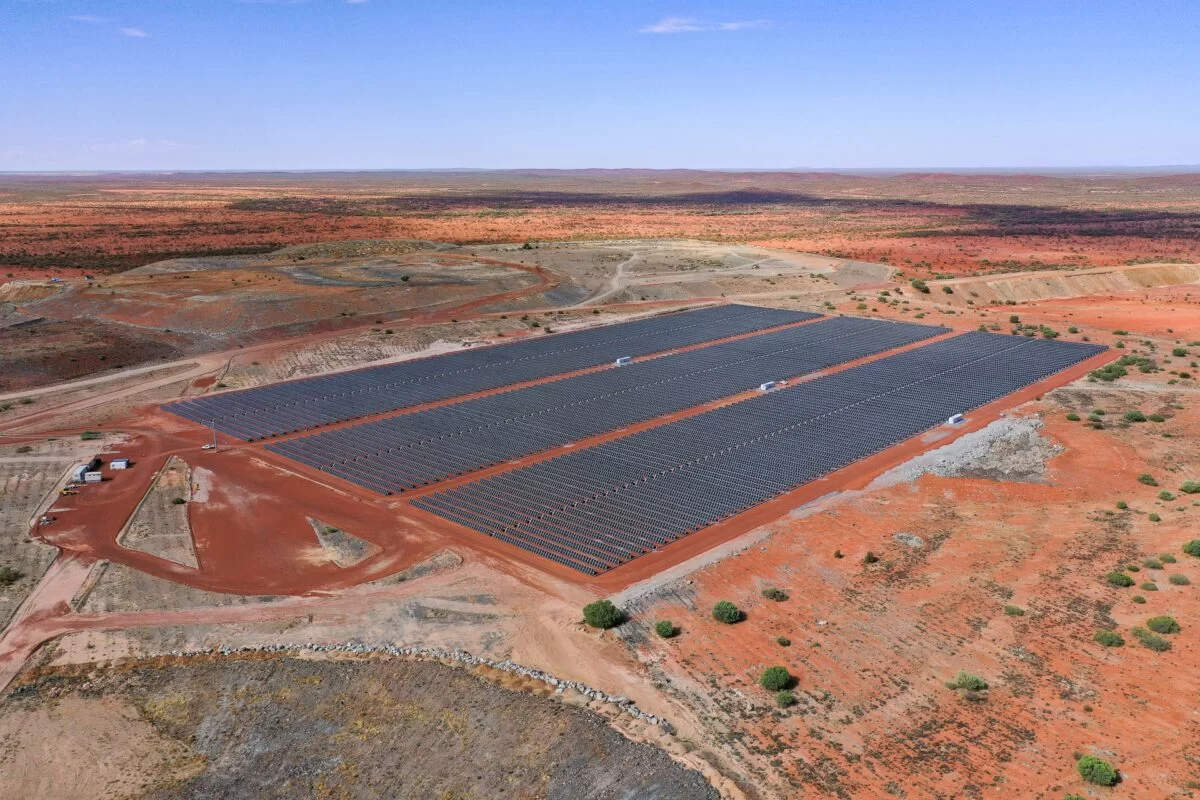Exploring Solar Micro Grids: Injecting New Vitality into Future Energy Supply

In the global wave of pursuing sustainable development and clean energy, solar micro grids (Solar Micro Grid) are gradually emerging as an innovative solution to solve energy supply problems.
A solar micro grid, as the name suggests, is a small independent power network with solar energy as the main energy input. It converts, stores, and distributes the electrical energy generated by solar photovoltaic panels through a series of devices to meet the electricity demand within a specific area.
One of the key points is that solar micro grids bring light and hope to remote areas. In those remote corners far from the main power grid, traditional power transmission methods are often difficult to reach. However, with its independence and flexibility, solar microgrids can easily take root in these areas. For example, in some villages in mountainous or desert areas, the emergence of solar microgrid has allowed residents to bid farewell to days without electricity, bringing earth-shattering changes to their lives. Not only that, it also provides reliable power support for local fields such as education, medical care, and agriculture, promoting the development and progress of these areas.
Another key point is its significant improvement in energy efficiency. Solar microgrids can monitor and optimize energy production and consumption in real-time, and intelligently allocate power based on actual needs. Through an efficient energy storage system, it can store excess solar energy during the day and release it for use at night or on cloudy days, greatly improving energy utilization. Moreover, due to the reduction of energy loss during long-distance power transmission, solar micro grids are also more efficient in the energy transmission link.
Furthermore, solar microgrids perform well in responding to emergencies and natural disasters. When the main power grid is damaged or fails, solar microgrids can quickly switch to independent operation mode, ensuring the power supply of key facilities and users, and enhancing the stability and reliability of the entire power system.
However, the development of solar microgrids is not all smooth sailing. The cost issue is an important challenge currently faced. Although the cost of solar energy technology is constantly decreasing, building a complete solar micro grid system still requires a large initial investment, including the purchase and installation of photovoltaic panels, energy storage devices, control systems, etc. In addition, continuous technological updates and upgrades also require continuous investment.
In addition, maintenance and management are also issues that cannot be ignored. Since solar micro grids are usually distributed in relatively remote areas, it may be difficult for professional technicians to arrive. Therefore, an effective remote monitoring and maintenance system needs to be established to ensure the normal operation of the system.
Despite many challenges, with the continuous progress of technology and further cost reduction, the prospects of solar microgrids are still very broad. In the future, we have reason to believe that it will play an important role in more fields and make greater contributions to global energy transformation and sustainable development.
Let’s jointly anticipate that solar microgrids will shine more dazzlingly in the future and bring cleaner, more reliable, and efficient energy solutions to our world.
